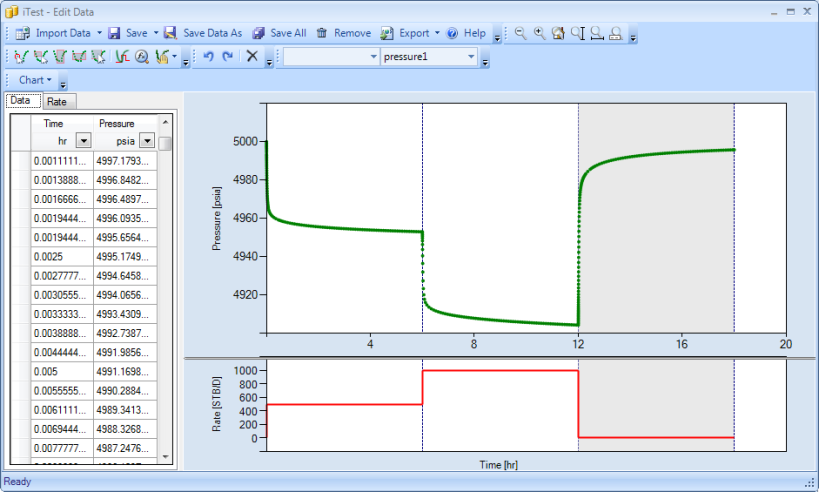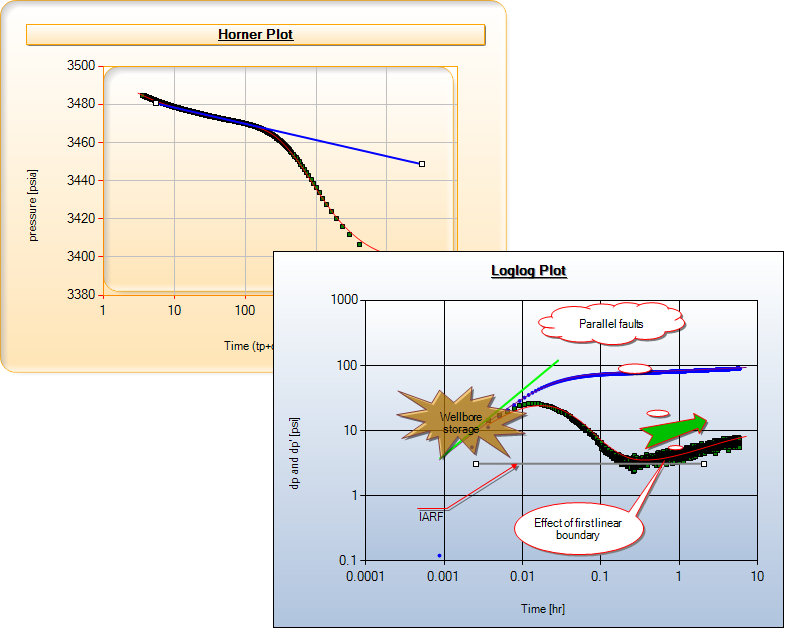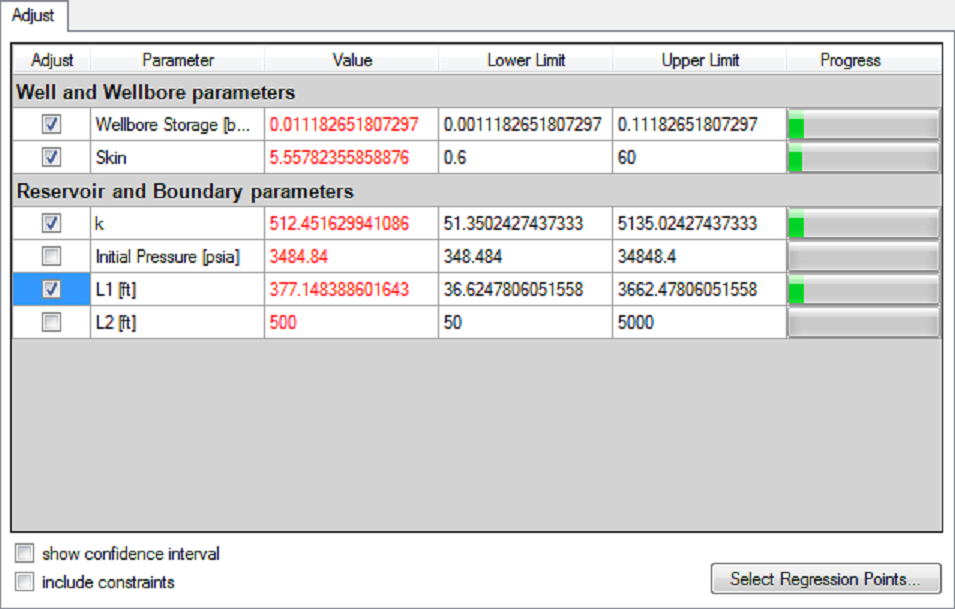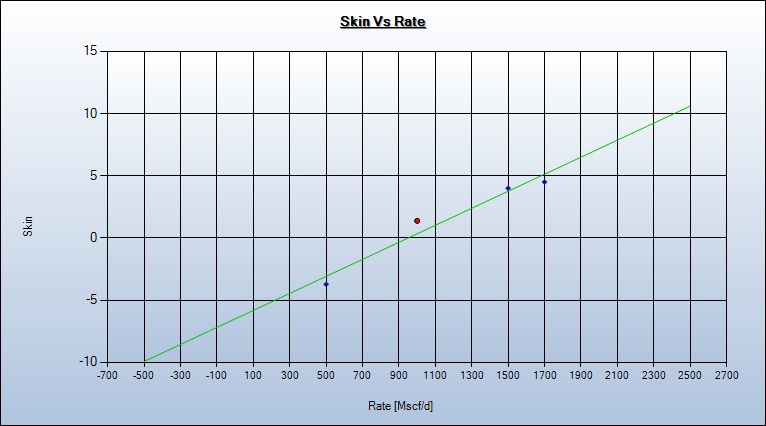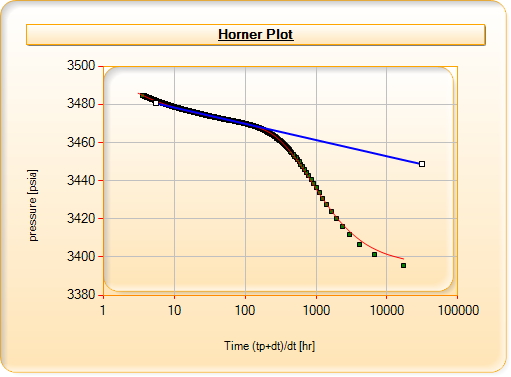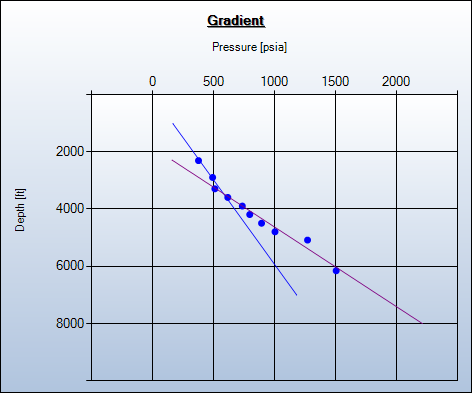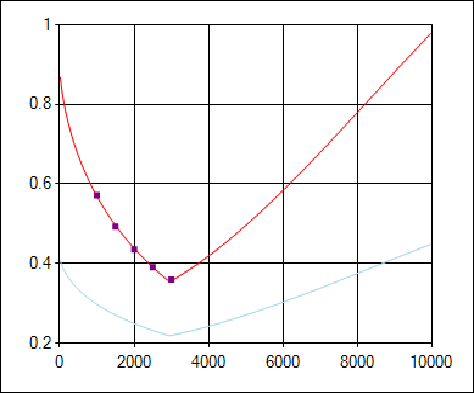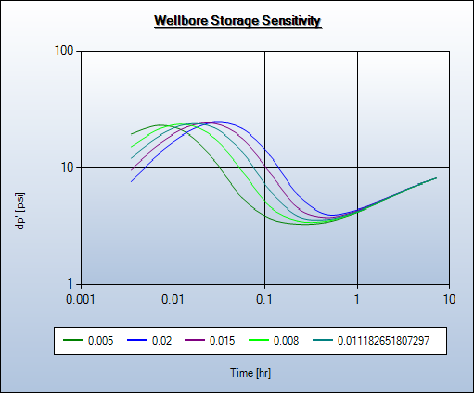Gradient Survey
Static gradient survey is used to determine the fluid distribution in the wellbore. This survey could be used to determine fluid contact which is important for various purposes including selection of depth of gaslift-operating valve and obtaining the pressure at the sand face (mid-perforation). The gradient plot may comprise a plot of Depth vs. BHP (or BHT).








